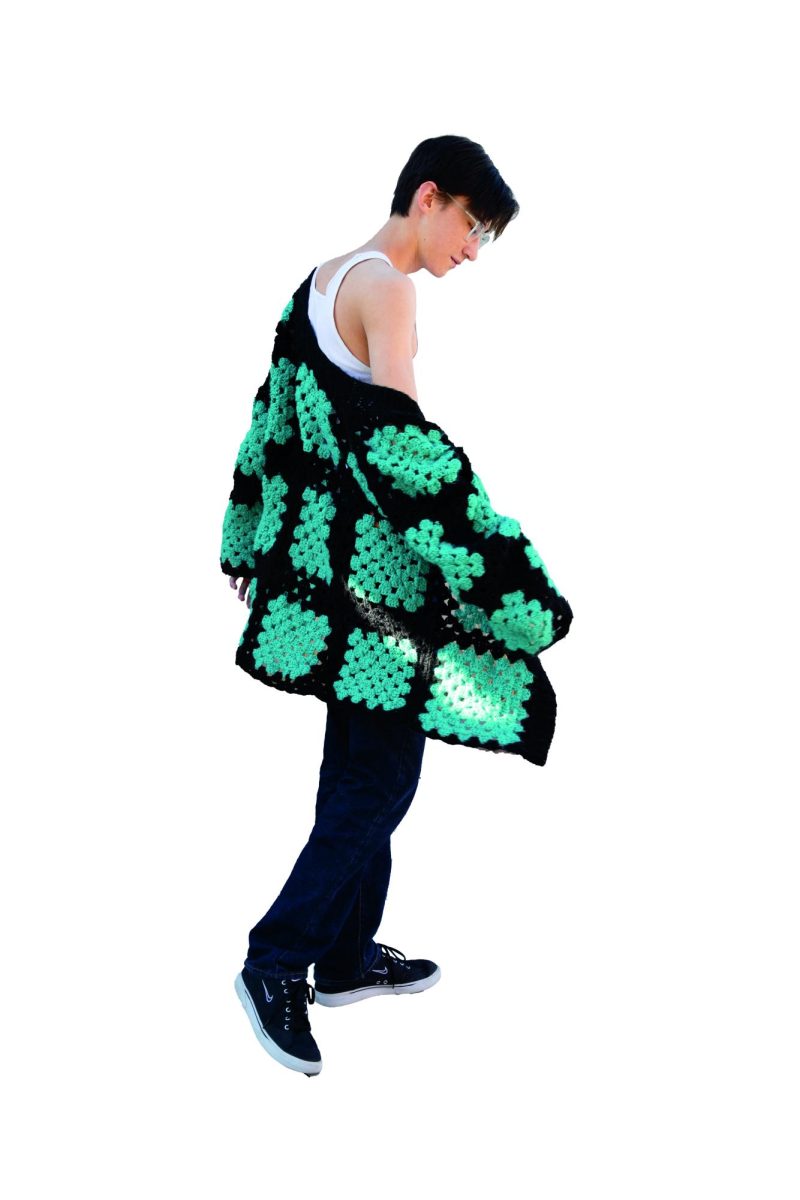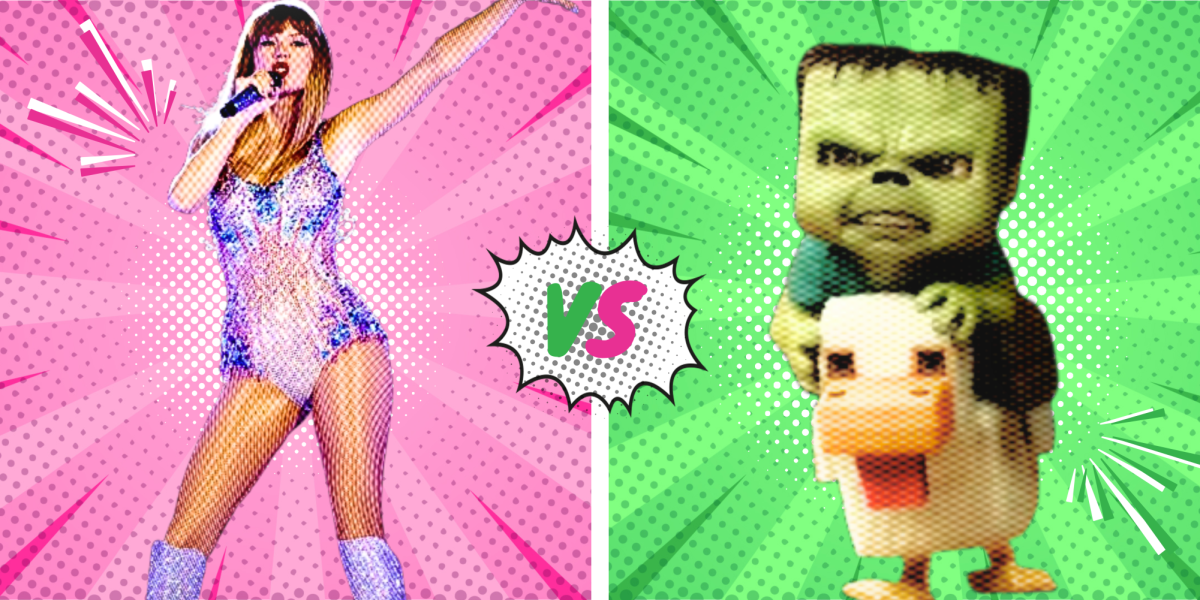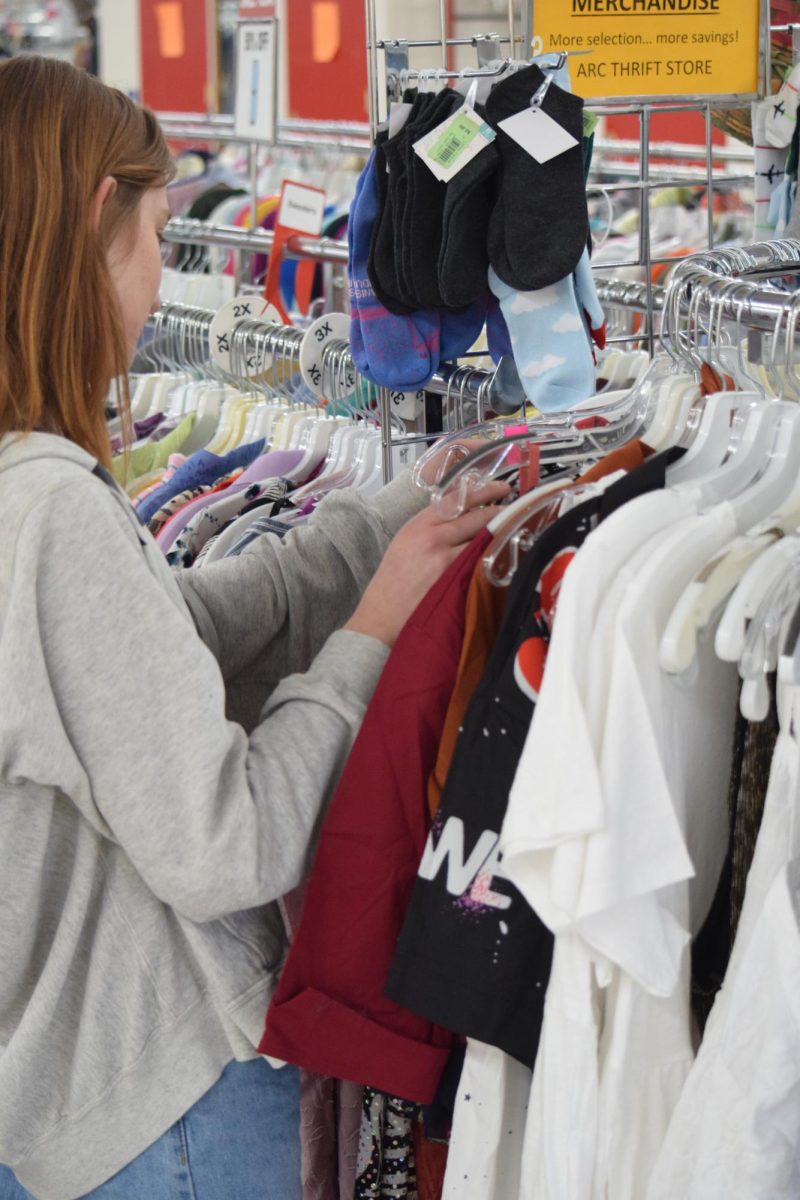As Ron DeSantis very publicly proved, men can wear heels too. But what about dresses, cropped shirts, jewelry, and the other cornerstones of feminine fashion?
More androgynous clothing styles have been rising in popularity in men’s fashion. Men and feminine fashion aren’t just a pairing reserved for alt-right nightmares or Friday nights at the Drag Show anymore.
If femininity in men’s fashion is a fleeting fad, so be it. But if it continues to gain popularity, it will have a big impact on first impressions, worn-out stereotypes, and society’s outdated sense of “girl clothing” and “guy clothing” rooted in sexism.
Men in cropped tee shirts and pearl necklaces isn’t a revolutionary idea, but the growing popularity of the style is promising as the media is flooded with discourse around sexist ideas of what a man should be.
What is considered masculine has shifted back and forth over hundreds of years, but now, for the first time, it’s becoming popular for men to wear clothing that is currently considered feminine. The sharing of feminine fashion between men and women alike evens out the playing field, forcing men to step off their pedestal of gender superiority.
What people tend to forget is that this isn’t the first male fashion revolution. Feminine men’s fashion wasn’t invented by teenage Instagram models, but was first brought to popularity by 1970s icons like David Bowie.
From silver eye makeup to one-legged jumpsuits, Bowie made it cool to dress effeminately, to live outside the norm. But while Bowie’s rock star style was widely admired, the look was grossly unattainable for the average person. While Bowie rocked his sparkly tights onstage, the everyman got harassed for wearing the same fashion. Society wasn’t ready for their male friends, family, and co-workers to embrace femininity, just unattainable celebrity figures.
“I assumed you were gay because you have good style,” was one of the first things said to me by a classmate this year. It didn’t bother me, but it shows how much people still rely on physical appearance to categorize and judge people. Because of people’s preconceived notions of men’s fashion, straight men must either forfeit their self-expression or be labeled as someone they’re not.
The general shift away from traditionally gendered clothing has sparked conversation among liberals and conservatives alike. Cries to “bring back manly men” are shouted from the rooftops while others preach that men in touch with their sexuality are more attractive.
The internet’s new heartthrob, actor Jacob Elordi, has adopted the trending style as well, modeling in crop tops and earrings galore. Whether his outfits are the work of a stylist or Elordi himself, he is living proof that men can still be seen as masculine while embracing their feminine side through fashion.
For years, the only jewelry deemed “manly enough” has been chain necklaces and the occasional plain wedding band. Now, jewelry is finally being treated as a genderless way to accessorize. More people are starting to accept that ear piercings can be for men too, not just newborn babies and grown women.
As teenage boys line up at Claire’s to get their ears pierced for the low price of twenty dollars and a nasty infection, more traditionally female jewelry like pearl necklaces and dainty rings are making a comeback as well.
When women started protesting for the right to trade their skirts for slacks in the workplace, they were seen as unprofessional and inappropriate, similarly to how some people think of men in skirts today. Today, no one bats an eye at a woman in dress pants, but heads turn so fast they get whiplash when a man in a skirt walks by. If aspects of femininity in men’s fashion get further embraced by society, a man in a dress could be just as normal as a woman in pants.
Unlike back in the 1970s, society is ready to embrace androgynous fashion now, and it has to be. Letting this trend die out again would endanger the larger fight against sexism, as well as men’s confidence and right to self-expression.
As more men use this opportunity to blur the lines between “male” and “female” clothing, harmful stereotypes and gender norms will continue to lose their footing. This trend is a powerful step to a future in which department stores aren’t blocked off by gender, one where a man in heels isn’t seen as automatically gay, but just as a man in heels.









